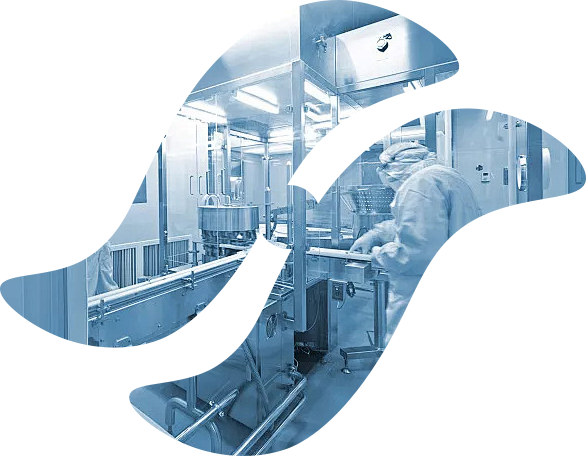Environmental Factors Affecting Crystal Oscillator Performance and Solutions
Crystal oscillators are widely used in electronic systems for generating precise frequency signals. However, their performance can be significantly influenced by various environmental conditions. Understanding these factors is essential for ensuring long-term stability and reliability, especially in critical applications such as telecommunications, automotive electronics, military systems, and industrial controls.
1. Temperature Variations
Impact:
Temperature is one of the most critical environmental factors affecting frequency stability. Quartz crystals exhibit frequency drift due to temperature fluctuations, especially outside the specified operating range.
Solutions:
Use temperature-compensated crystal oscillators (TCXO) for moderate temperature variations.
Use oven-controlled crystal oscillators (OCXO) for high-precision applications with extreme temperature sensitivity.
Choose the appropriate crystal cut (e.g., AT-cut, SC-cut) based on your temperature stability requirements.
2. Mechanical Shock and Vibration
Impact:
External mechanical stress can cause frequency shifts, short-term instability, or even damage to the crystal structure.
Solutions:
Employ ruggedized oscillator packages designed for harsh environments.
Use shock-absorbing mounting methods and enclosures to reduce vibration impact.
Consider military-grade or automotive-grade oscillators for high-vibration environments.
3. Humidity and Moisture
Impact:
High humidity or condensation can affect the oscillator’s internal circuitry and cause corrosion or insulation breakdown.
Solutions:
Use hermetically sealed packages to protect internal components.
For less demanding environments, conformal coating may provide adequate protection.
Ensure proper enclosure sealing in PCB-level integration.
4. Electromagnetic Interference (EMI)
Impact:
External electromagnetic fields can interfere with the oscillator's circuitry, causing jitter or frequency instability.
Solutions:
Use metal shielding around oscillator circuits.
Ensure good PCB layout design with proper grounding.
Consider differential output formats like LVPECL or LVDS for improved noise immunity.
5. Aging and Long-Term Drift
Impact:
Even in controlled environments, crystal oscillators age over time, resulting in slow frequency drift.
Solutions:
Choose high-quality crystals with low aging rates.
Consider using OCXO if long-term accuracy is critical.
Regular recalibration in timing-sensitive systems may be necessary.
Conclusion
Environmental factors such as temperature, vibration, humidity, EMI, and aging can significantly impact the performance of crystal oscillators. By selecting the right type of oscillator and implementing appropriate design and protective measures, manufacturers and engineers can ensure optimal performance even in challenging environments.
If you're looking for robust and reliable crystal oscillator solutions, our products are designed with these environmental challenges in mind—engineered for stability, durability, and precision.
-
Are you a manufacturer or a trading company?Thangshan Huixun is a manufacturer of crystal oscillators, Our factory is located in Tangshan city Hebei province, China. Welcome to visit us.
-
How long is your delivery time?Delivery time for customized orders will be 2-4 weeks. 24 hours will be shipped out if in stock.
-
Do you offer samples? Is it free or not?Small quantity free samples are able to be offered and shipping cost should be paid by customer.
-
What basic information to provide when ordering a crystal?We typically ask customers to provide the center frequency, the cutting angle type (AT or BT), the holder or package type, the equivalent series resistance (ESR), frequency tolerance, stability, load capacitance, operating temperature range, drive power, aging characteristics, and any additional requirements for OEM customizations.
-
Do you have any certificationWe have certification ISO9001, IATF16949.
-
Do you accept OEM and ODM order?Yes, warmly welcome OEM or ODM order, we are able to provide OEM services for customers
Reach Out to Us Today!

